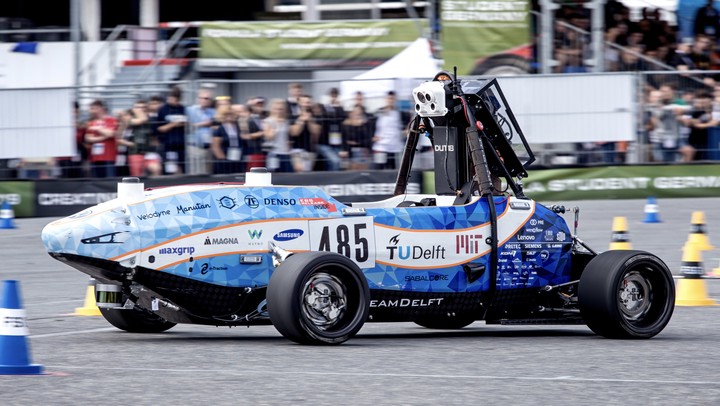Accurate, Low-Latency Visual Perception for Autonomous Racing: Challenges, Mechanisms, and Practical Solutions

Abstract
Autonomous racing provides the opportunity to test safety-critical perception pipelines at their limit. This paper describes the practical challenges and solutions to applying state-of-the-art computer vision algorithms to build a low-latency, high-accuracy perception system for DUT18 Driverless (DUT18D), a 4WD electric race car with podium finishes at all Formula Driverless competitions for which it raced. The key components of DUT18D include YOLOv3-based object detection, pose estimation, and time synchronization on its dual stereovision/monovision camera setup. We highlight modifications required to adapt perception CNNs to racing domains, improvements to loss functions used for pose estimation, and methodologies for sub-microsecond camera synchronization among other improvements. We perform a thorough experimental evaluation of the system, demonstrating its accuracy and low-latency in real-world racing scenarios.